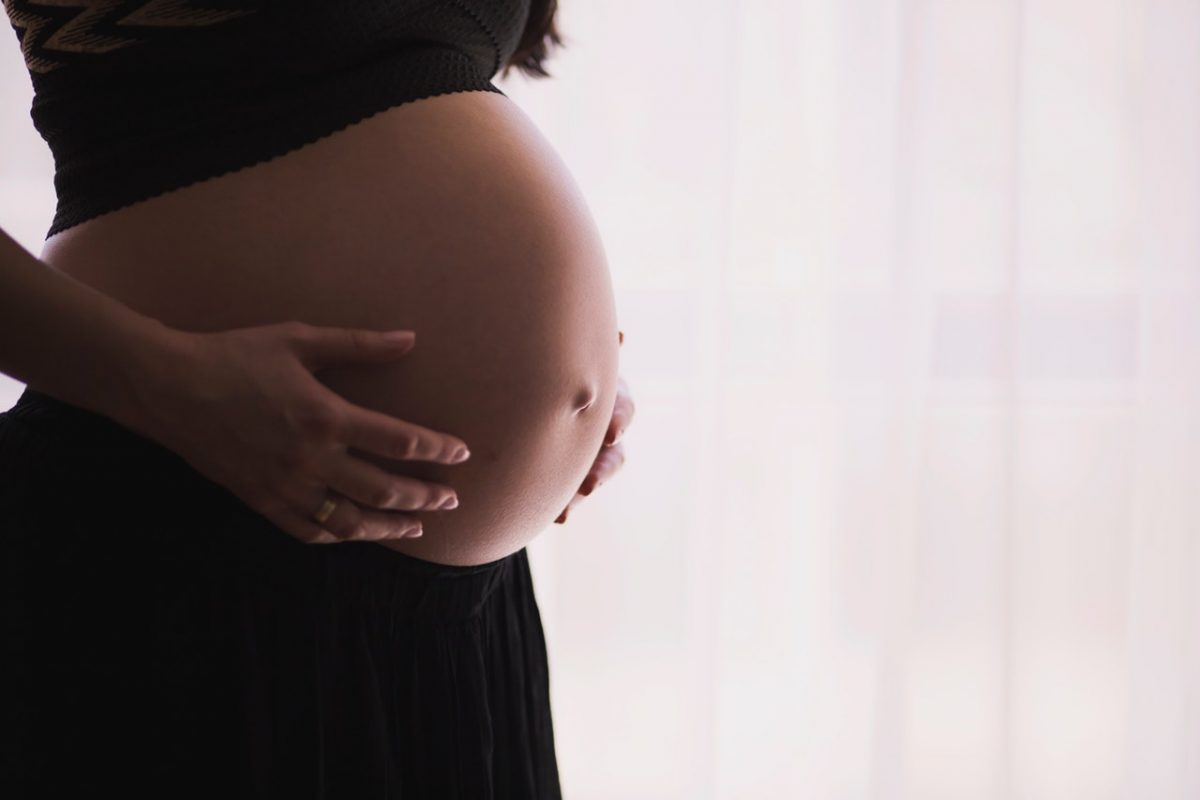
Technology is something that is changing and enhancing every day, and it’s hard to believe that now technology is even used to help families start a family, and not only that, it’s now also used to select the gender of the baby.
This is a new technology that people are undergoing that is very costly and very elaborate. In the year 2012, there were 61,000 babies conceived using IVF treatment in a study performed by the society assisted reproductive technology. We are now seeing 1.5 per cent within the 3.9 million births that happened that year within the U.S. use this for gender choice. Most clinics don’t offer this yet; however, it is now attainable in Australia and soon will be feasible in a lot more places.
If you don’t currently have any fertility problems, then, unfortunately, you won’t pass for IVF treatment just for the grounds of choosing the gender of the child. Even if you are undertaking IVF treatment in order to select the gender the baby; it requires an extra step that will see a fee from $1000 up to $6000. IVF sex selection, together with the regular IVF treatment, will see you looking at the cost of around $30,000 per try. The price is justifiable as it uses a very unique scientific and technological approach that is a very long and time-consuming process for both the doctor implementing the procedure and the family undergoing the procedure. It’s also not 100 per cent guaranteed that it will work either which makes it even more difficult.

How does it work?
Once the embryos are created within the in-vitro, they are screened so they can find the healthiest one to implant into the womb. The process is a complete analysis of each embryo PGD. The screening process comes in response to the medical indications like failed past IVF and multiple miscarriages even for over 35, which is classified as advanced maternal age. Using the healthiest embryo means your chances are sitting at about 60 to 70 per cent.
If the screening shows that there are embryos that are the healthiest of the different genders, you may get the choice of choosing which gender you want. There doesn’t seem to be much problem with the gender choosing at this stage because there is no real pattern when it comes to discrimination against one particular gender. It’s typically quite balanced like a couple has two girls and would like a boy and vice versa.
Is gender choosing controversial?
The medical director states that many people need to look at the point of a healthy pregnancy, not one that is specific to a gender. There would be exceptions if there were couples that were at a high risk of having children with genetic problems that are linked to a specific gender. Medical professionals are stating that just because you can do something doesn’t mean that you should do it.
There are some positives to choosing the gender of the baby, such as:
If a family has suffered the loss of a child, they may be better having another child of the same gender and the other way they may not want the same gender as the child, they lost. This helps couples accept and be able to move on.
Gender selection is ongoing and growing. While it is still debated on by the opponents and proponents, the privilege of being able to choose the gender seems to be a logical choice for some while others it seems the wrong thing to do and you should let nature take its course. In the long run, if it is available to you and you want to choose the gender, then you do what is right for you.







